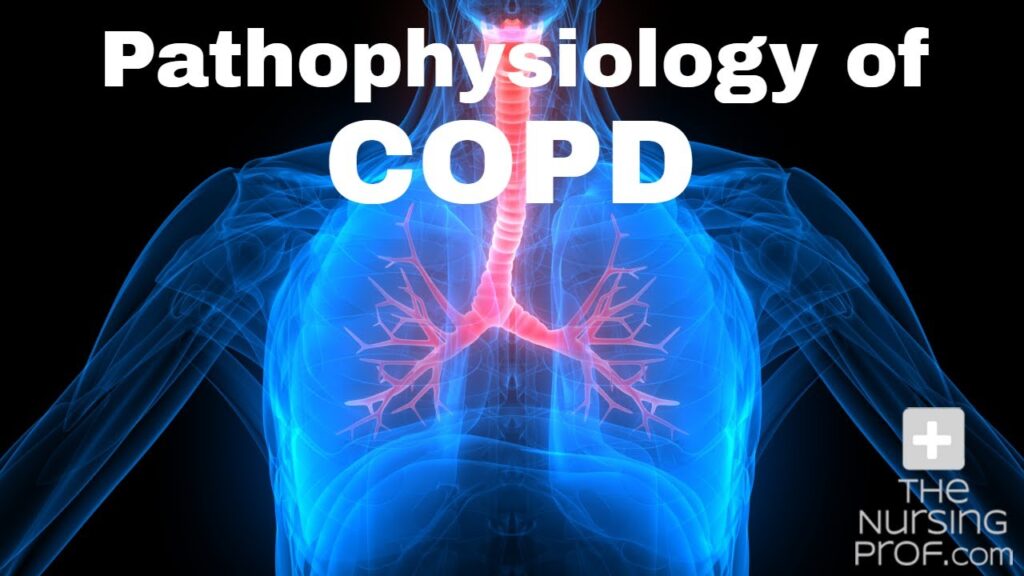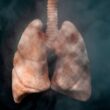Pathophysiology of COPD Explained
Exposed: The Pathophysiology of Chronic Obstructive Pulmonary Disease
Breathing problems are only one aspect of chronic obstructive pulmonary disease (COPD), which is a complicated interplay of lung abnormalities. Gaining an appreciation for the disease process and the reasoning behind treatment approaches is possible when one is aware of the pathophysiology, or the biological mechanisms behind COPD.
Table of Contents

Inflammation Takes the Lead: An Ongoing Conflict
Pathophysiology of COPD Explained
Chronic inflammation in the lungs’ tiny air sacs (alveoli) and airways (bronchi) is a defining feature of COPD. The main cause of this inflammation is exposure to irritating substances, especially cigarette smoke. In the lungs, these irritants trigger immune cells, which might result in:
- Release of inflammatory chemicals: These substances harm the sensitive alveolar and respiratory tissues, which feeds the vicious cycle of increased inflammation.
- Airway wall thickening: Prolonged inflammation thickens the airway walls, which restricts airflow and makes breathing challenging.
- Increased mucus production: Mucus production is increased when the airways are irritated, which further clogs the airways and restricts airflow.
A major factor in the development of COPD and its accompanying symptoms, including as wheezing, coughing, and shortness of breath, is this ongoing inflammatory reaction.
A Complicated Situation: Hypersecretion of Mucus
Pathophysiology of COPD Explained
Mucus hypersecretion is a major contributing factor to COPD. Mucus is produced by the airways naturally to trap dust and other allergens. But this production kicks in overdrive when someone has COPD. This build-up of mucus makes things sticky:
- Clogged airways: When coughing does not effectively remove the mucus, thick mucus plugs can block the airways, severely limiting airflow and making breathing difficult.
- Infections: The accumulation of mucus can serve as a haven for germs, increasing the risk of recurring respiratory infections and exacerbating the symptoms of COPD.
Controlling mucus production is essential to managing COPD and enhancing quality of life.
Airflow Restrictions: The Buildup of Damage
Pathophysiology of COPD Explained
The primary symptom of COPD is airflow limitation, which is ultimately caused by the disease’s persistent inflammation and mucus hypersecretion. This restriction is brought about by:
- Airways that are narrowed: The diameter of the airways is greatly reduced by mucus plugs and thickened airway walls, which restricts airflow.
- Loss of lung elasticity: is caused by injury to the alveoli, which are tiny air sacs involved in gas exchange. This further obstructs airflow by making it difficult for the lungs to fully expand and contract during breathing.
- Alveolar wall destruction: Severe COPD can cause the alveolar walls to disintegrate, lowering the total surface area available for gas exchange and resulting in hypoxemia, or a shortage of oxygen in the blood.
Breathing difficulties are a sign of airflow restriction, especially when exerting oneself. As the illness worsens, the struggle for air can make even basic tasks challenging.
The Domino Effect: Its Effects on Other Systems
Pathophysiology of COPD Explained
COPD impacts more than simply the lungs. Breathing problems that are persistent might exert stress on other bodily systems.
- Heart: Right-sided heart failure may result from the heart having to work harder to pump blood that is low in oxygen throughout the body.
- Muscles: Low oxygen availability can deteriorate muscles, resulting in weariness and a decreased capacity for exertion.
- Immune system: Respiratory infections can become more common in people with COPD due to immune system weakness.
Pathophysiology of COPD Explained
Healthcare providers can customize treatment plans to target underlying inflammation, control mucus production, enhance airways, and reduce problems in other organ systems by having a thorough understanding of the pathophysiology of COPD. Together, you and your physician can successfully manage your COPD and lead satisfying lives.
Pathophysiology of COPD Explained
Note: The pathophysiology of COPD is briefly reviewed in this material. Seeking individualised advice and treatment from a healthcare expert is advised.


